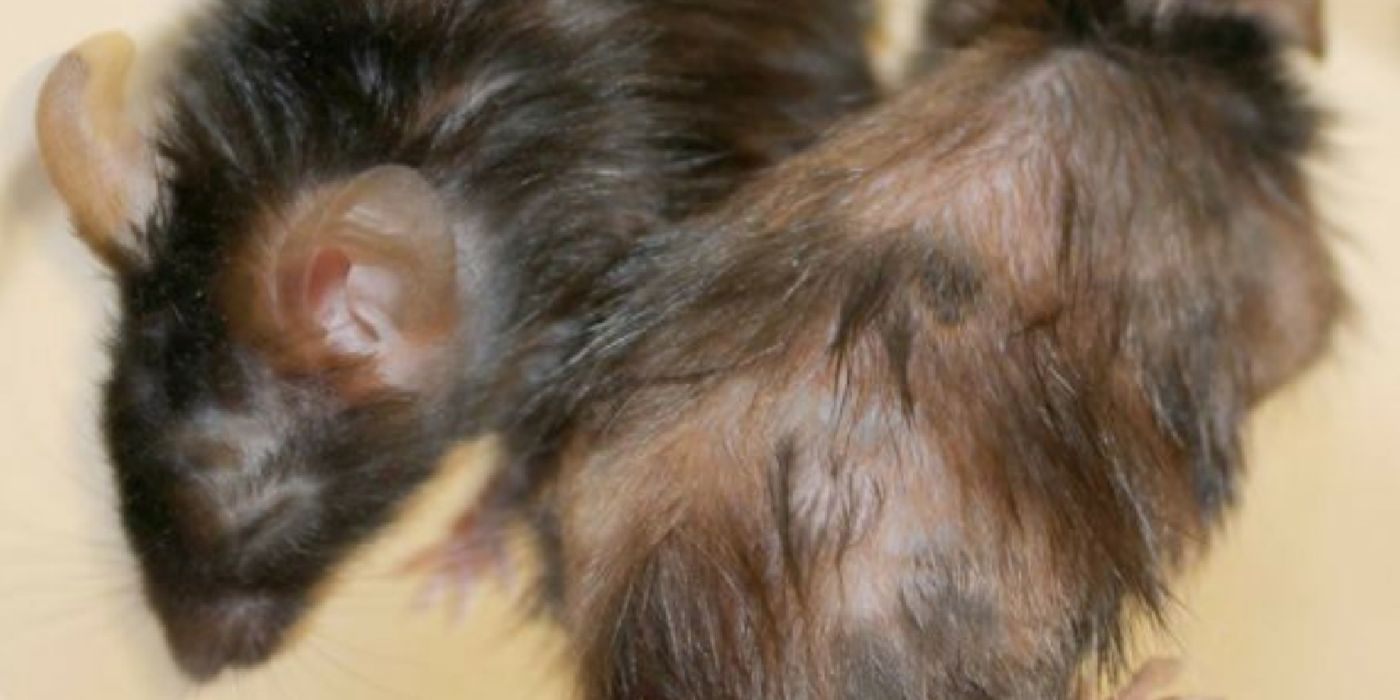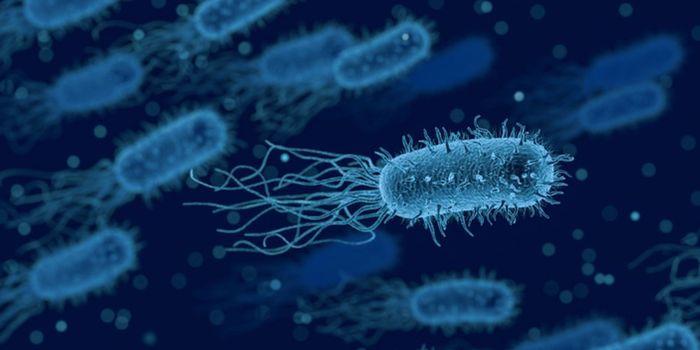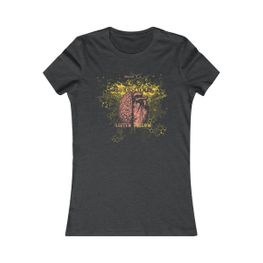Beyond vanity gains, a drug that slows down the ageing process could be transformative for people who suffer from aging-related diseases, such as progeria. And though some studies make the bold claim of finding the key to ‘reversing’ aging, the evidence that it works in humans is far from being well-substantiated.
Now, researchers from the Netherlands announced the discovery of a drug that seemed to rejuvenate old mice into a seeminly younger state. More validation is necessary to know if the same effects will be observed in humans, but the “finding is impossible to dismiss,” commented Dr. Dusko Ilic, who is a stem cell scientist at King’s College London, who was not part of the study.
Instead of trying to turn back time on ageing cells, the team from the Erasmus University Medical Center in the Netherlands focused on cells that were already past their prime. These senescent cells have already reached their maximum potential and are now staying quiet in the body - the equivalent of a cellular retirement. But the retired cells produce signals that stress the body - a process involved in aging.
Led by Dr. Peter de Keizer, the team investigated what would happen if the senescent cells were removed. They created a drug that functioned in this precise manner, killing senescent cells only. The drug targeted FOX4, a chemical factor that seems to be elevated in senescent cells.
"I got very rebellious, people insisted I was crazy for trying and for the first three times they were right," Dr. Peter de Keizer said of his lab’s attempts. On the fourth attempt, the team got their surprise.
On mice that were roughly equivalent to a 90-year-old person in mouse years, the drug seemed to drastically improve liver function. It also “restored fitness, fur density, and [kidney] function” in mice that were programmed to age fast and in mice that were naturally old.
"We weren't planning to look at their hair, but it was too obvious to miss,” said Dr. de Keizer. Some of the more impressive figures in the published paper show the before-and-after of the same aged mouse. In the before, the animal’s fur is so sparse that its skin is more visible than the hairs. After treatment, the same animal seems to have regrown a full coat of fur that’s shiny and dense. While many other factors are characteristic of ageing, hair loss is not insignificant and the transformation with this drug is truly dramatic.
But, the only way to know if this drug will work to combat ageing in people is to run a clinical trial. “In terms of mouse work we are pretty much done, we could look at specific age-related diseases, [such as] osteoporosis, but we should now prepare for clinical translation,” said Dr. de Keizer. “The proof of the pudding is in the eating as you say.”
Indeed, human clinical trials will shed light on whether the drug has side effects undetected in the mice. Moreover, it will be necessary to demonstrate whether the drug improves cellular function at the organ level - a much more vital metric than hair regrowth. And if validated, the drug could provide hope to many people who are in need of slowing down the cellular clock.
Additional sources: BBC
-
APR 30, 2024Immuno-Oncology Virtual Event Series 2024
-
MAY 07, 20243rd International Biosecurity Virtual Symposium
-
JUN 06, 2024The Future of Scientific Conferencing
- See More


















































